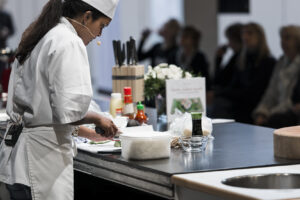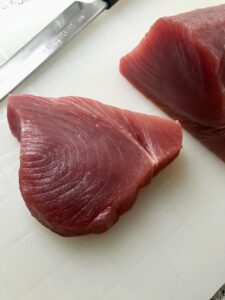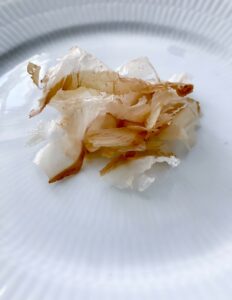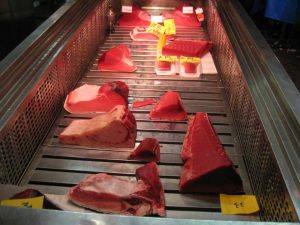
Salmon is a fish that lives in Scandinavia.
The climate in Japan is tropical which means different type of fish is living at those latitudes.
One of the fish that lives naturally in the oceans around Japan is the tuna. Tuna has been and still is one of the Japanese’s favorite fish for centuries. The tuna is having a hard time. The demand for tuna is very high, but there are quotas for how many can be caught per year.
In Japan, the interest in salmon has been steadily rising.
In 2017, Scandinavian salmon filled refrigerated display cases in local Japanese supermarkets. The Scandinavian salmon is of such good quality that Japanese fish buyers visit Denmark and other countries to assess the quality of salmon.
Among Japanese children and adults, salmon has become a sought-after fish. It is a fish that are suitable for many different types of dishes. Some prefer to eat raw salmon, while others enjoy cooking the salmon on a pan or in the oven. The possibilities are many.
At Traditional Japanese food course for beginners and Sushi course for beginners, you will learn how to make tasty dishes with salmon.
_
Zoë has lectured and held sushi courses for A. P. Moller – Maersk, Hugo Boss Nordic, Novo Nordisk, Novartis, Velux, Gorrissen Federspiel, Beierholm revision, Elbek & Vejrup and many more.








